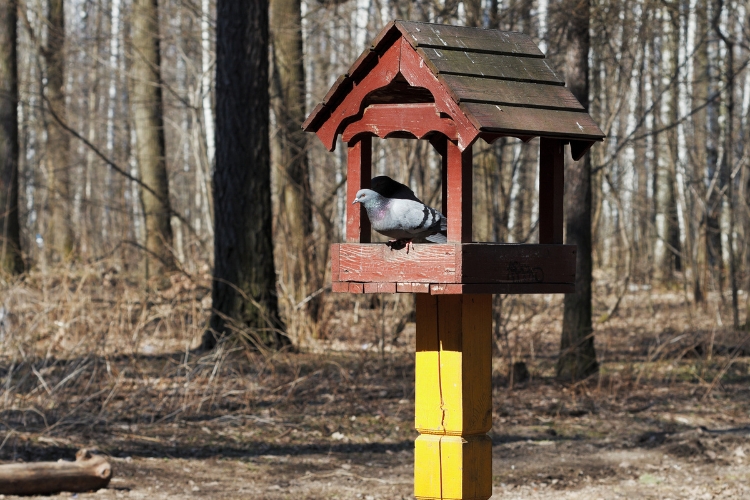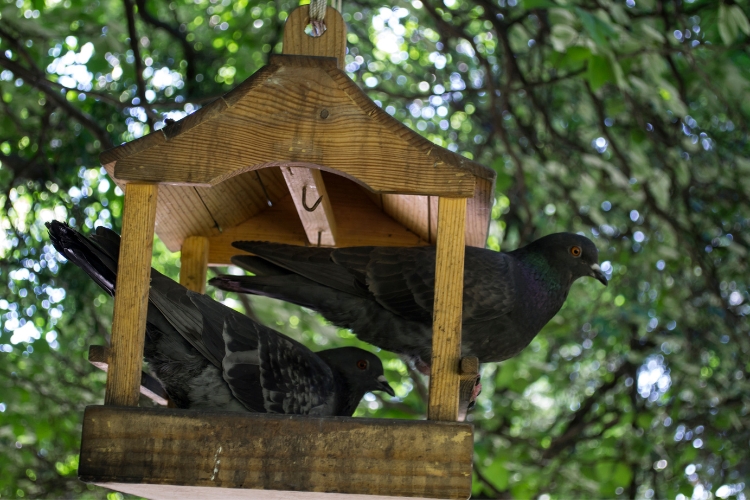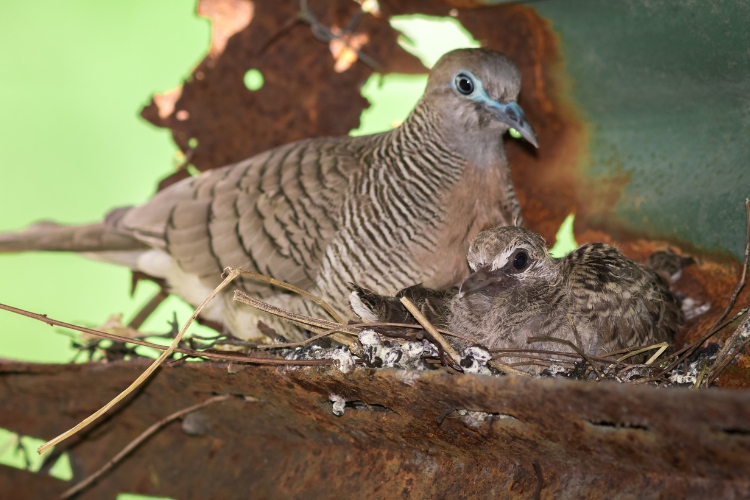Doves are gentle, graceful birds that can make wonderful pets. If you want to build an outdoor habitat for your pet doves, there are several important considerations when it comes to choosing the right location, constructing the enclosure, furnishing it properly, and caring for your birds.
With some planning and effort, you can create a safe and comfortable haven for your doves to live outdoors.
Choosing a Location
When deciding where to build your dove habitat, choose a spot that allows plenty of sunlight and fresh airflow, but also provides shelter and shade options. Ideally, pick a quiet area away from loud people traffic that could startle your birds. You’ll also want the enclosure built on level ground with good drainage to prevent flooding during heavy rains.
The dove habitat should be situated near your house for convenient access and observation, but not too close to windows or doors where predators like cats could disturb your birds.
Make sure to place it away from trees and structures where hawks or other birds of prey could perch and pose a threat. Building your dove pen at least 5-10 feet from your home’s foundation or outer walls will help prevent issues.
Constructing the Enclosure
An outdoor dove enclosure needs to keep your birds safely contained and prevent entry from predators. The pen should be sturdy, secure and weatherproof while still allowing ample light and airflow.
1. Frame and Covering
Most outdoor dove habitats consist of a simple wood, plastic or metal frame covered in galvanized aviary wire mesh. Go with 1⁄2 to 1-inch mesh wire to make sure mice or snakes cannot squeeze through. Wrap wire all around the sides and roof in one continuous piece, securing it tightly at all edges and seams to seal off gaps.
For the frame, pressure-treated lumber or powder-coated steel holds up best against outdoor elements. Build a sloped or angled roof to allow rain, leaves and other debris to slide off easily. Hinged roof panels make cleaning and accessing inside easier.
2. Fencing and Flooring
Bury galvanized hardware cloth 1-2 feet into the ground around the entire perimeter to prevent animals from digging underneath. Line the floor with 2-3 inches of clean sandbox sand, wood shavings or 1⁄4 inch aviary wire mesh so droppings can fall through to keep the habitat floor clean and dry.
An alternative is constructing a wire mesh floor 1-2 feet off the ground to allow waste to fall through and airflow to sweep underneath, keeping your enclosure odor-free. Set the floor over a securely packed gravel base for enhanced drainage. Just be sure to make easy access inside, like a small door or lift-up section, for cleaning underneath.
3. Size Requirements
Make your dove habitat sufficiently roomy – a good rule of thumb is allowing 4 square feet of floor space per dove inside. Construct the enclosure at least 5-6 feet high to give your birds adequate overhead clearance for flight.
Furnishing Your Dove Habitat
Once built, it’s time to add elements inside your outdoor dove pen for your birds’ safety and comfort. Be sure to sterilize or disinfect all new equipment before introduction to prevent disease.
1. Water and Food Containers
Use sturdy, tip-proof dishes for food and water – heavy ceramic crocks work great. Refill with fresh provisions daily, situating them under cover to prevent contamination from wild birds and exposure to direct sunlight which can breed bacteria.
2. Perches and Nesting Spaces
Add wooden perches at varying heights and sizes for resting, preening and sleeping. Natural tree branches make great perches too. Place nesting boxes packed with nest-building materials like straw or pine needles in sheltered spots for breeding pairs.
3. Weather Protection
Shield parts of your outdoor dove pen to allow refuge from wind, rain and snow. Plastic sheeting, tarp or shade cloth help block precipitation on rainy sides. Position structures, nest boxes or planting trellises to provide windbreaks during storms.
In extremely cold winter climates, consider moveable panels wrapped in insulation that can seal off parts of the enclosure to contain heat while still allowing adequate ventilation. Water misters help keep birds cool during hot summer months. Just be sure your doves always have access to shaded, dry areas for relief from extreme weather.
4. Enrichment and Landscaping
Add interest inside your dove habitat with elements like birdbaths, foliage, edible sprouts and flowering plants. Position a few potted shrubs or vines on trellises to provide natural cover. Scatter wild bird seed, sesame, lentils or cracked corn to encourage natural foraging behavior which provides engaging mental stimulation.
Caring for Your Doves
Keep your outdoor dove habitat clean by raking out soiled substrate and replacing with fresh flooring materials weekly or bi-weekly as needed. Disinfect feeders and water containers regularly. Check for any leaks, holes or wear in roofing or mesh and repair right away.
Monitor your doves daily for signs of illness, injury or stress, keeping a lookout for bullying if housing multiple birds together. Spend time observing and interacting with your pet doves each day so they become comfortable socializing with their caretakers. Bring birds indoors to a warm, safe enclosure if extreme weather or a predator presents danger.
With attentive care and maintenance, an outdoor habitat makes an excellent home for pet doves, allowing them to live a safe and enriched life. Adjust construction and furnishings to your specific climate and flock size for optimal health and happiness. Your birds will thrive for years to come when their habitat balances protection, stimulation and natural comfort.
Conclusion
Building a safe, spacious and enriching outdoor home tailored to your doves allows them to enjoy fresh air and exhibits natural behaviors. Situate their habitat in a secure spot on your property with shelter from weather and predators for protection.
Outfit the pen with proper furnishings like non-tip dishes, perches, nest boxes and foraging material. Provide part-time heating or cooling during temperature extremes as needed. With conscientious planning and care, your beloved doves will happily thrive in their healthy backyard habitat.



